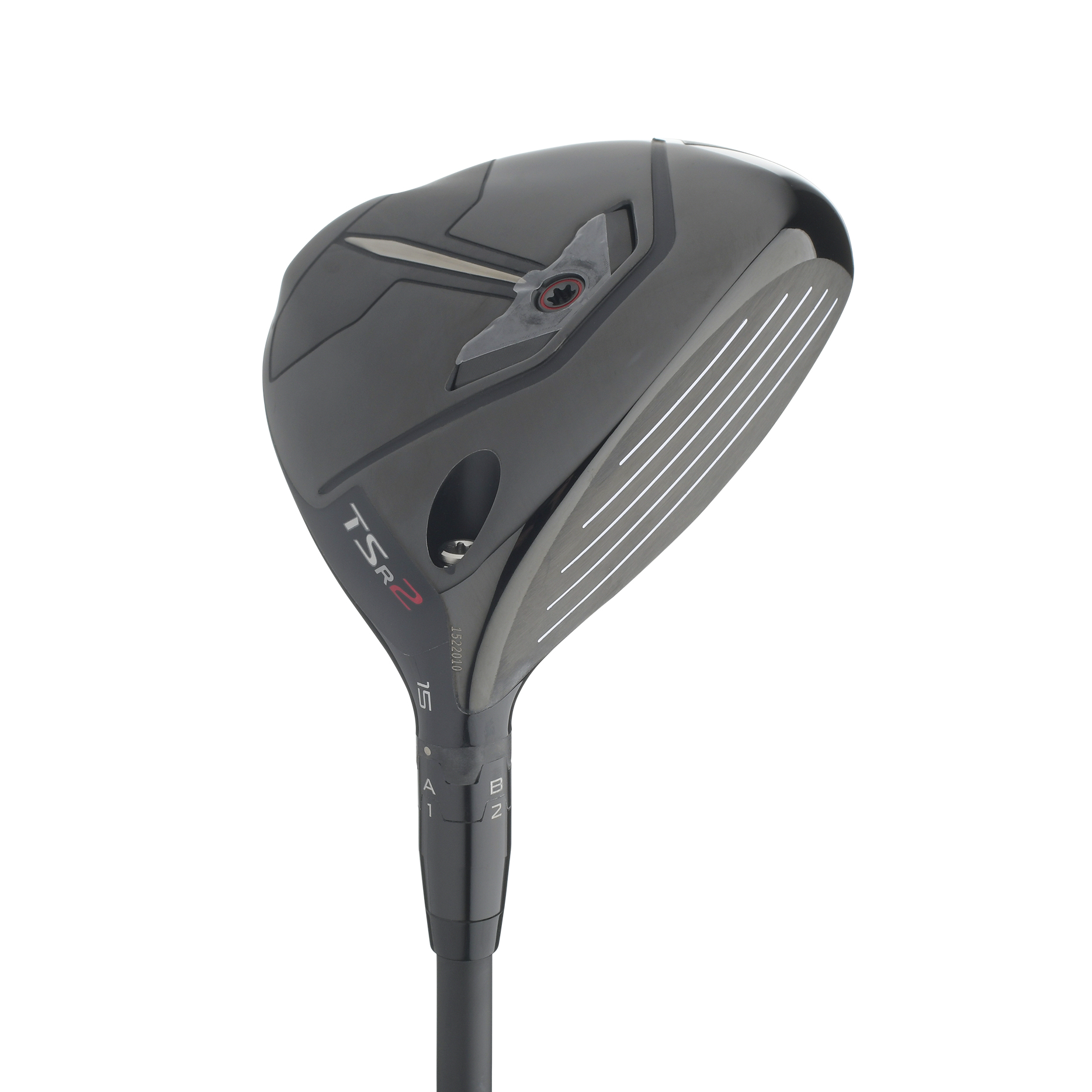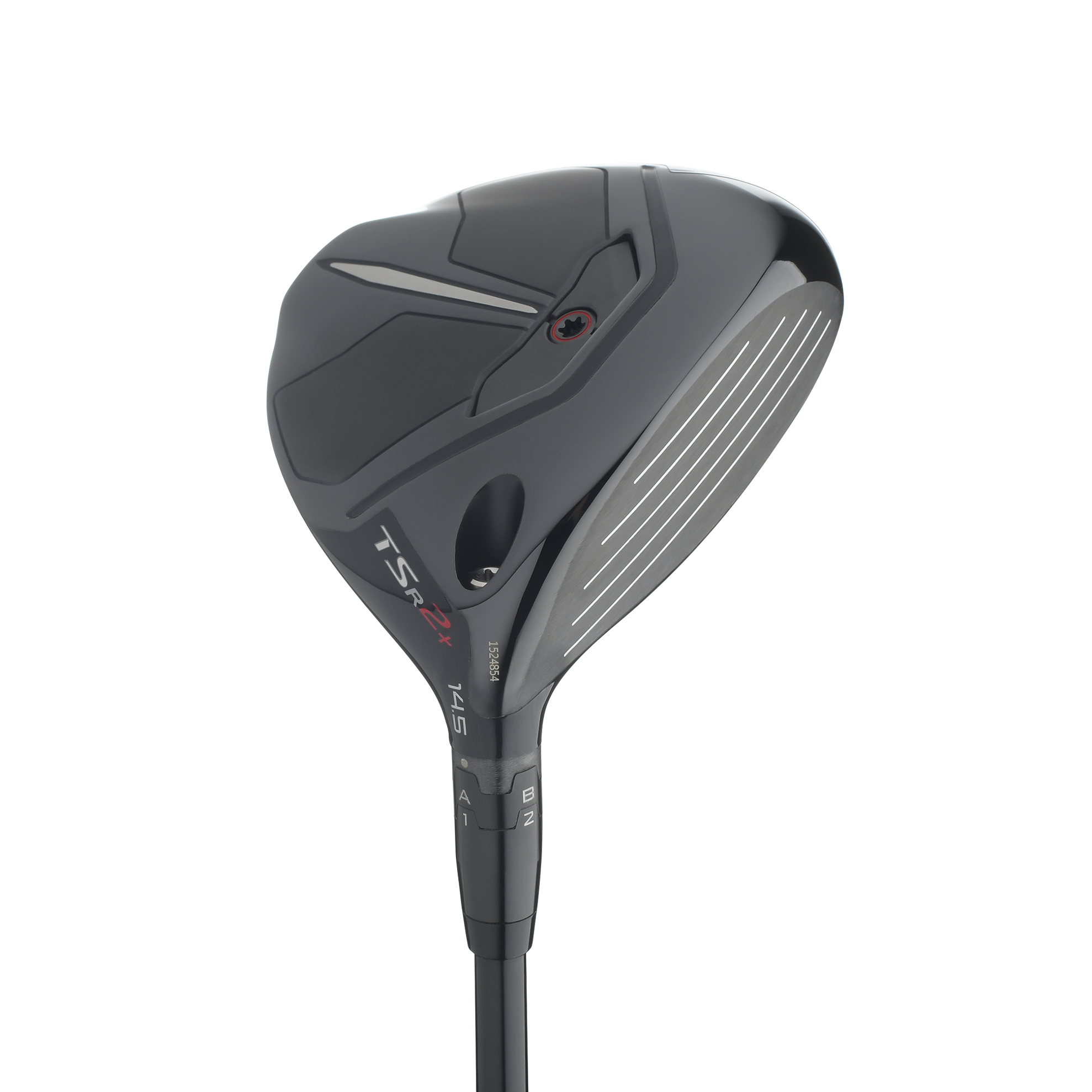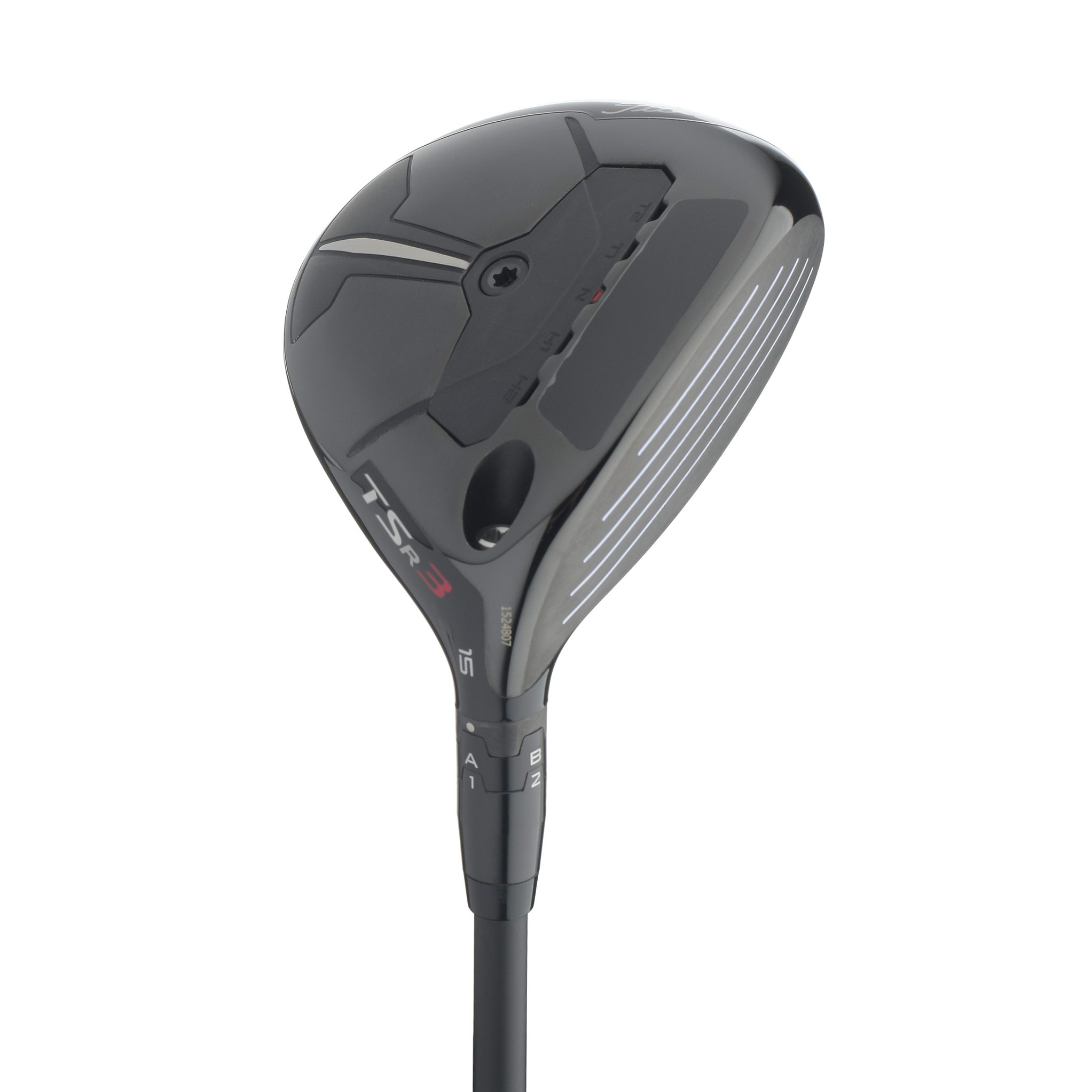Titleist TSR fairway woods: What you need to know
WHAT YOU NEED TO KNOW: Titleist revamps its fairway wood models with an emphasis on lower centers of gravity across the line, the lowest in company history. The new TSR lineup includes the more forgiving TSR2, the larger sized, tee-focused TSR2+, and the adjustable weight TSR3.
PRICE: $350, available in stores Sept. 23.

This all-around user-friendly design should fit most golfers with its focus on forgiveness, ease of launch and maximum ball speed. The head’s internal weighting results in the lowest center of gravity in a Titleist steel fairway wood ever. Freeing up the interior space around the hosel provided more mass that’s positioned in a flat weight that sits slightly forward in the lowest part of the head. This provides better energy transfer by lining up the CG with the center of the face. It also helps to reduce spin.
THE DEEP DIVE: When you’re looking to improve a fairway wood design, you might have a lot of areas to look at, ranging from shape and feel to spin and speed, and, of course, whether those mishits are keeping you in the hole. But with Titleist’s TSR fairway woods, the answer to all those came from one key focus.
“We knew we wanted to drive our center of gravity as low as possible, lower than it’s ever been,” said Tom Bennett, Titleist’s principle design engineer for metalwoods. “That was our No. 1 goal. When you lower your CG, you get closer to your neutral axis, you improve speed a little bit, you improve launch angle a little bit, you improve spin a little bit, and you actually improve the feel of a center hit, too.”

The problem with looking for a fairway wood to serve as your alternative driver is compromising its playability off the ground. This fairway wood doesn’t stray too far from its mission as a backup club for those shorter, tighter driving holes. First, its 190-cubic-centimeter size and the deepest center of gravity of any Titleist fairway wood automatically establish stability. Its taller face also makes for a bigger trampoline for tee shots. Still, its size and easier launch make it a more effective choice than driver off the deck.
The more that center of gravity is lined up with the center of the face and that neutral axis, which is that imaginary perpendicular line that intersects face center and the loft plane, the more good things happen. Getting close to that low of a CG position in the TSR family of fairway woods actually required a bit of a redo. While the shaping largely is that familiar classic Titleist fairway wood design, gone is the channel cut in the sole known as the “active recoil channel,” which has been part of the company’s wood designs in various forms since 2014 as a way to create a more flexible face for greater ball speeds. Internally, Titleist’s engineers also cleaned house, removing some of the internal structure supporting the hosel.
All that excavating and redesigning had one mission: saving weight that could be repositioned to drive that CG lower. The TSR2, the more forgiving model in the lineup, features the lowest CG of a steel fairway wood in company history, while the CG on the TSR3 is lower than the “3” model has ever been and is a bit deeper than in the past for improved stability.
“With all that mass that we’ve saved and with the flat weight in the sole moving forward, we’re still able to move the CG back and lower which is very difficult to do at the same time,” Bennett said, noting overall stability of the heads has not been impacted, either.

Titleist’s most adjustable fairway wood combines the 16-way loft- and lie-tweaking hosel with a weight pad in the sole that lets users choose from five center-of-gravity locations from the heel to the toe. The weight pad has more settings across a wider range, and its placement is deeper within the head to provide more forgiveness and a higher launch. The weight pad is also lower and more in line with the center of the face so that shots launch with less spin and more speed.
But the natural question has to be about getting rid of the ARC, which was touted as a major ball speed producer. As Bennett explained, ARC had 15-18 grams of steel that could have been better utilized, specifically by getting the CG better lined up with the direction of impact.
“A lot of what we did to make up for getting rid of ARC was to move the CG forward to the neutral axis,” he said. “When the CG is close to the neutral axis, you pick up some speed.”
The other key is the variable thickness face design and the use of high-strength Carpenter 465 steel.
The TSR3 again features an adjustable weighting system that stays flush with the sole. It now offers five settings heel to toe to better match CG with the way a player squares the face, as well as impact location.
New to the collection is the oversized TSR2+, a lower-lofted fairway wood option (13 degrees) that is an option off the tee, especially with its taller face. It features a deeper CG (the deepest of any Titleist fairway wood) for extra off-center hit stability.
The TSR fairway woods, all of which again include the 16-way adjustable hosel, will be at retail Sept 23 ($350). They include four options for the TSR2 (15, 16.5, 18 and 21 degrees) and TSR3 (13.5, 15, 16.5 and 18 degrees) and the one option for the TSR2+ (13 degrees). The TSR fairway woods come with four stock shaft options (True Temper HZRDUS Red CB and HZRDUS Black 4G, Mitsubishi Tensei AV Blue (XLink) and Tensei 1K Black. Four custom upgrade shafts also are available from Graphite Design ($200 additional charge): Tour AD UB, Tour AD DI and Tour AD IZ.
The Hit List
The best of Golf Digest delivered daily
Sign UpWill be used in accordance with our PRIVACY POLICY